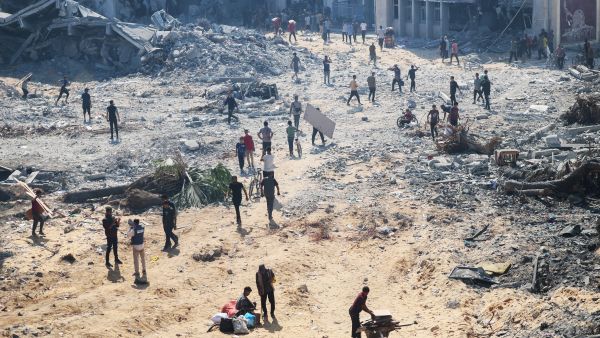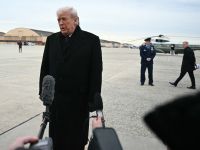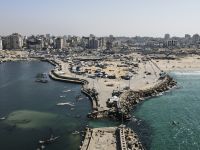ALBAWABA - Marking the first year of Israel's most brutal and destructive wars launched on the Gaza Strip, the following timeline highlights some of the major key events over the course of 11+ months of war:
Al Aqsa Flood Operation (October 7)
Hamas, a Palestinian resistance group, announced on Oct. 7 a military operation called "Al-Aqsa Flood" against Israel which is the biggest offensive in decades.
Palestinian fighters “infiltrated” Israel from the Gaza Strip captured military bases and took hostages as photos and videos went viral online showing Hamas fighters on vehicles inside Israel and others paragliding into the occupied Palestinian territories.
Following the attack, Israel announced the launch of Operation “Shield and Arrow” in response, unleashing one of the bloodiest and most brutal aggressions on Gaza.
al-Ahli Arab Baptist Hospital Massacre (October 17)
Nearly 500 Palestinians were killed in a major explosion at the al-Ahli Arab Hospital in Gaza, which shocked the world since many of those killed were seeking refuge from nearly two weeks of nonstop Israeli bombing of the besieged enclave.
The al-Ahli Arab Hospital is situated in Gaza City's Old City, halfway between the Zeitoun and Shujaiya neighborhoods.
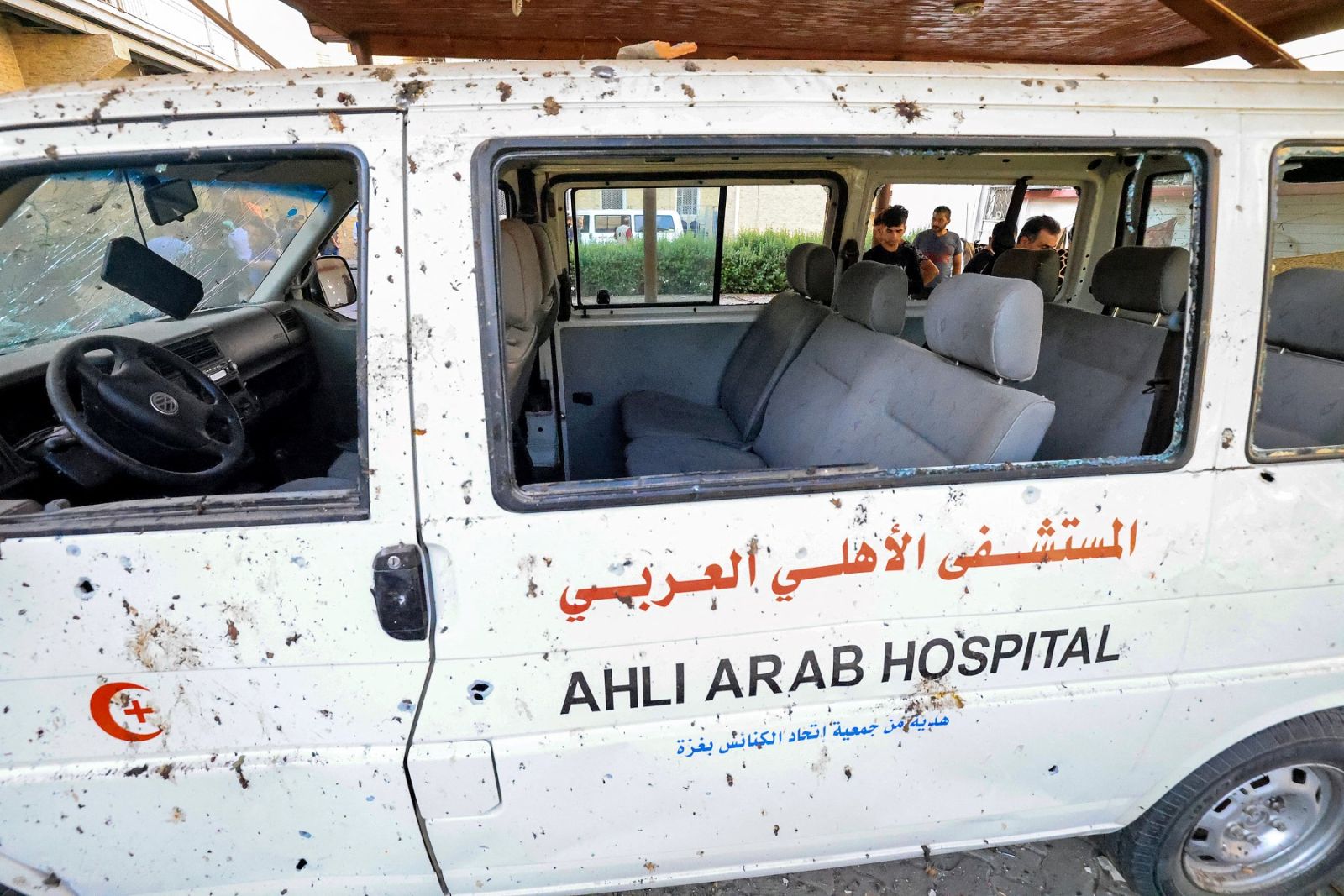
(Photo by Mahmud Hams / AFP)
Israel’s Ground Invasion of Gaza (October 27)
The villages of Beit Hanoun and Bureij in the Gaza Strip were subjected to a massive ground invasion by Israeli soldiers on the evening of October 27. Overnight, an Israeli Navy commando unit called Shayetet 13 launched an attack enclave.
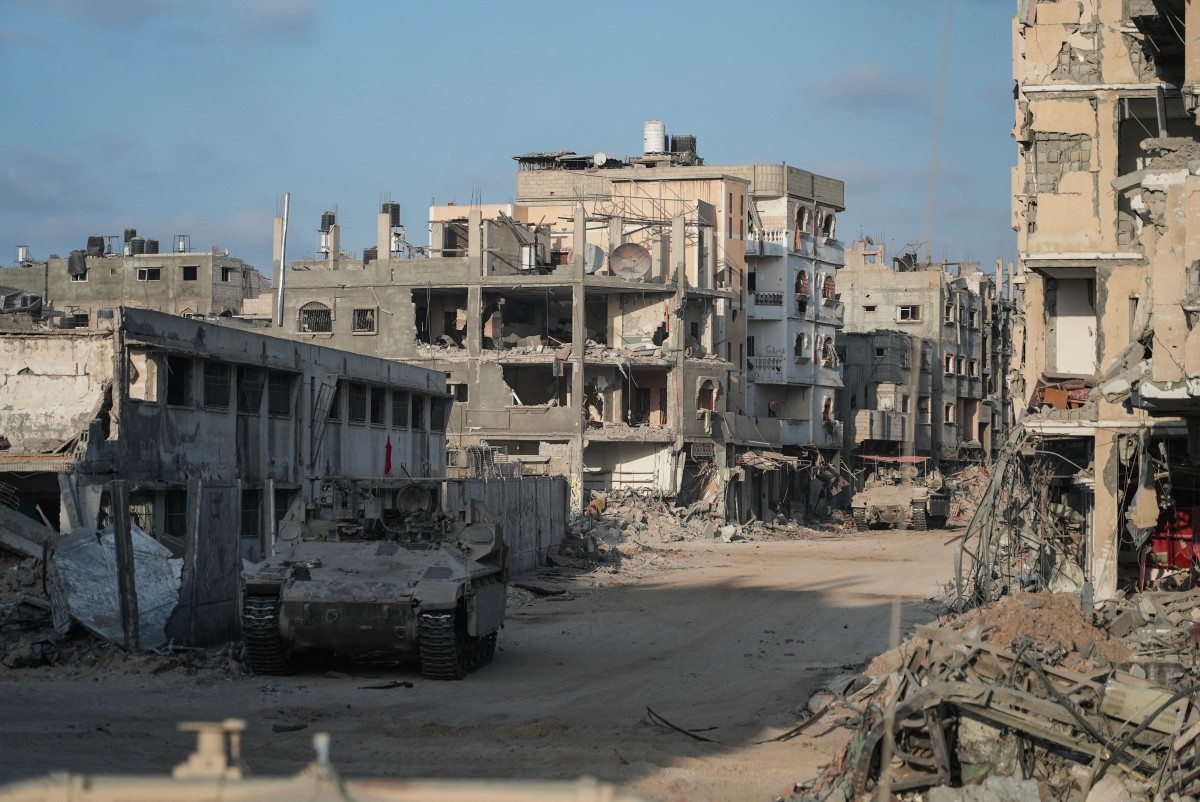
(Photo by Sharon ARONOWICZ / AFP)
First truce between Hamas and Israel (November 21)
The first ceasefire in the conflict was declared by Israel and Hamas, who agreed to swap four days of hostilities for Palestinian women and children imprisoned or detained by Israel, as well as to enable more aid to enter Gaza.
The ceasefire was finally extended for a week, freeing 105 hostages and around 240 Palestinian inmates, before collapsing and combat resumed on December 1.
Saleh al-Arouri Assassination (January 2)
Saleh al-Arouri, a prominent Hamas leader, was killed in a drone attack near Dahiyeh, Beirut's southern suburbs and a Hezbollah stronghold. al-Arouri was a deputy head of Hamas' political bureau and a co-founder of the group's military branch, Qassam Brigades. He was living in exile in Lebanon after serving 15 years in an Israeli prison.
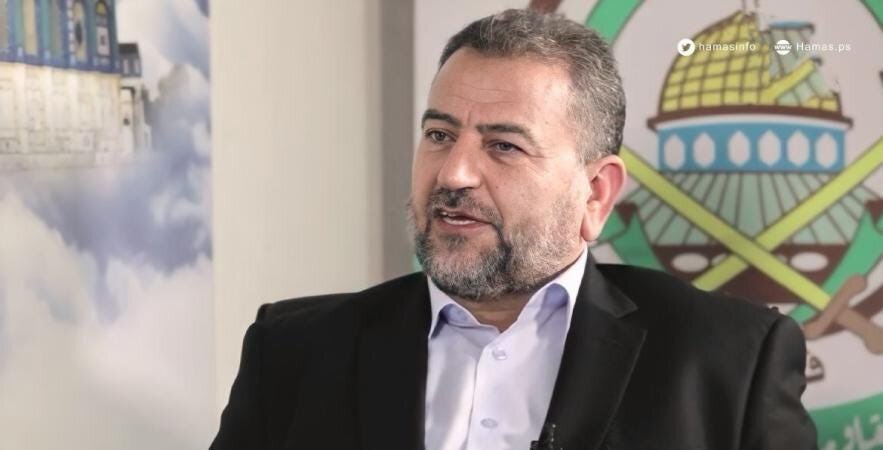
X (Saleh Al Arouri)
Flour Massacre (February 29)
The event occurred as crowds gathered on Harun al-Rashid Street in Gaza, believing that relief trucks bringing flour were on their way. A convoy of assistance vehicles drove through the checkpoint, continuing north, while people began to gather in big groupings.
People gathering in big crowds waiting for much-needed relief were shot at by several types of military weapons, killing 118 Palestinians and wounding over 760.
Israeli Forces Storm Al-Shifa Hospital (March 15)
Israeli armed forces announced launching an operation storming Gaza’s largest medical facility, al-Shifa Hospital, with tanks and heavy gunfire, killing and injuring several people. The hospital housed about 30,000 people, including displaced civilians, wounded patients, and medical staff trapped inside the complex.
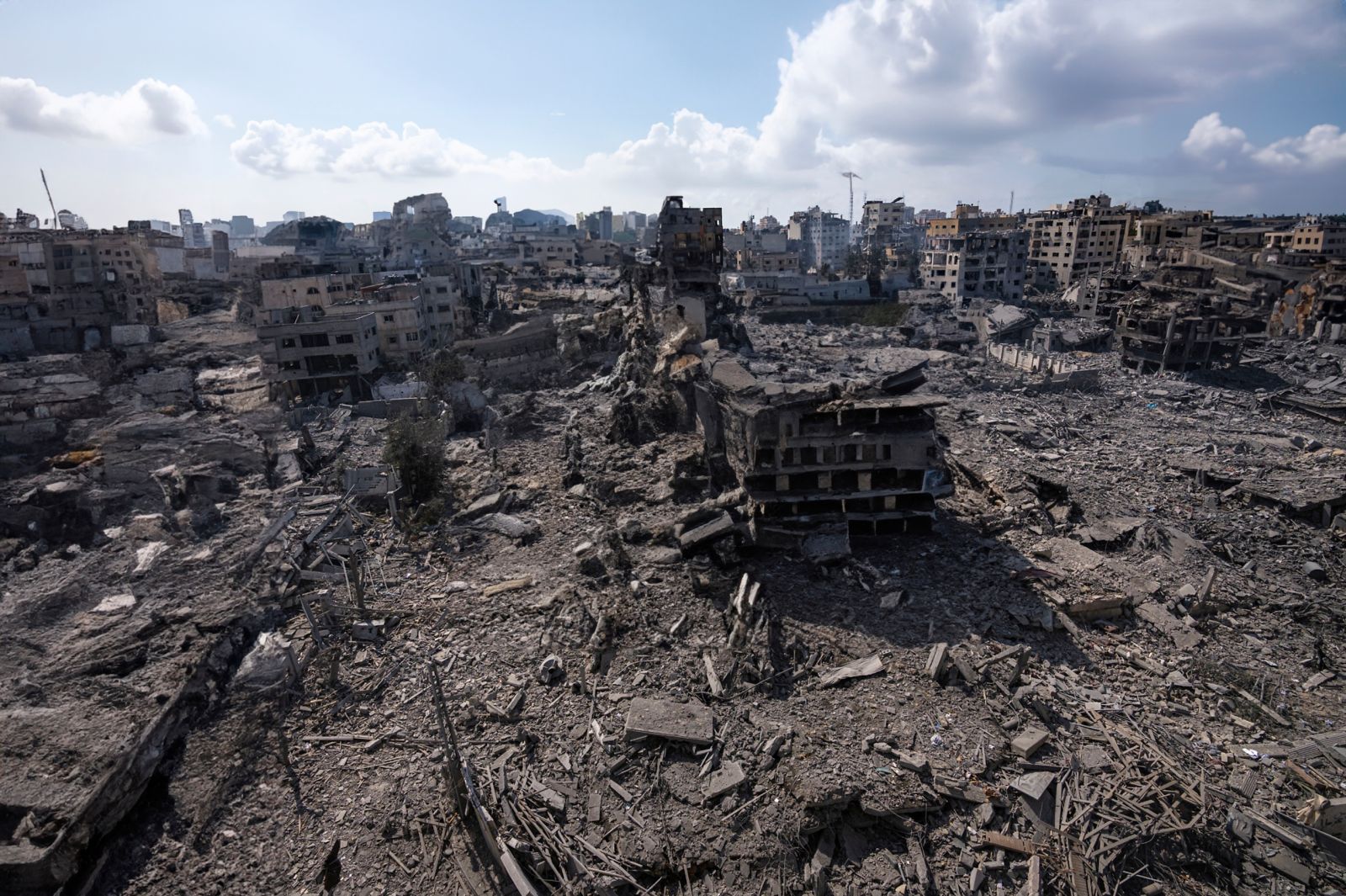
Shutterstock
Israeli Forces Cease Control of Rafah Crossing (May 7)
The Israeli military has seized control of the Gaza Strip side of the Rafah border crossing with Egypt, launching an attack on the southern city.
The Rafah gateway is critical for both aid and individuals seeking to flee to Egypt. Despite UN warnings, Israeli officials have long planned a military attack on the southern city, where about 1.4 million Palestinians, including more than 600,000 children, are sheltering.
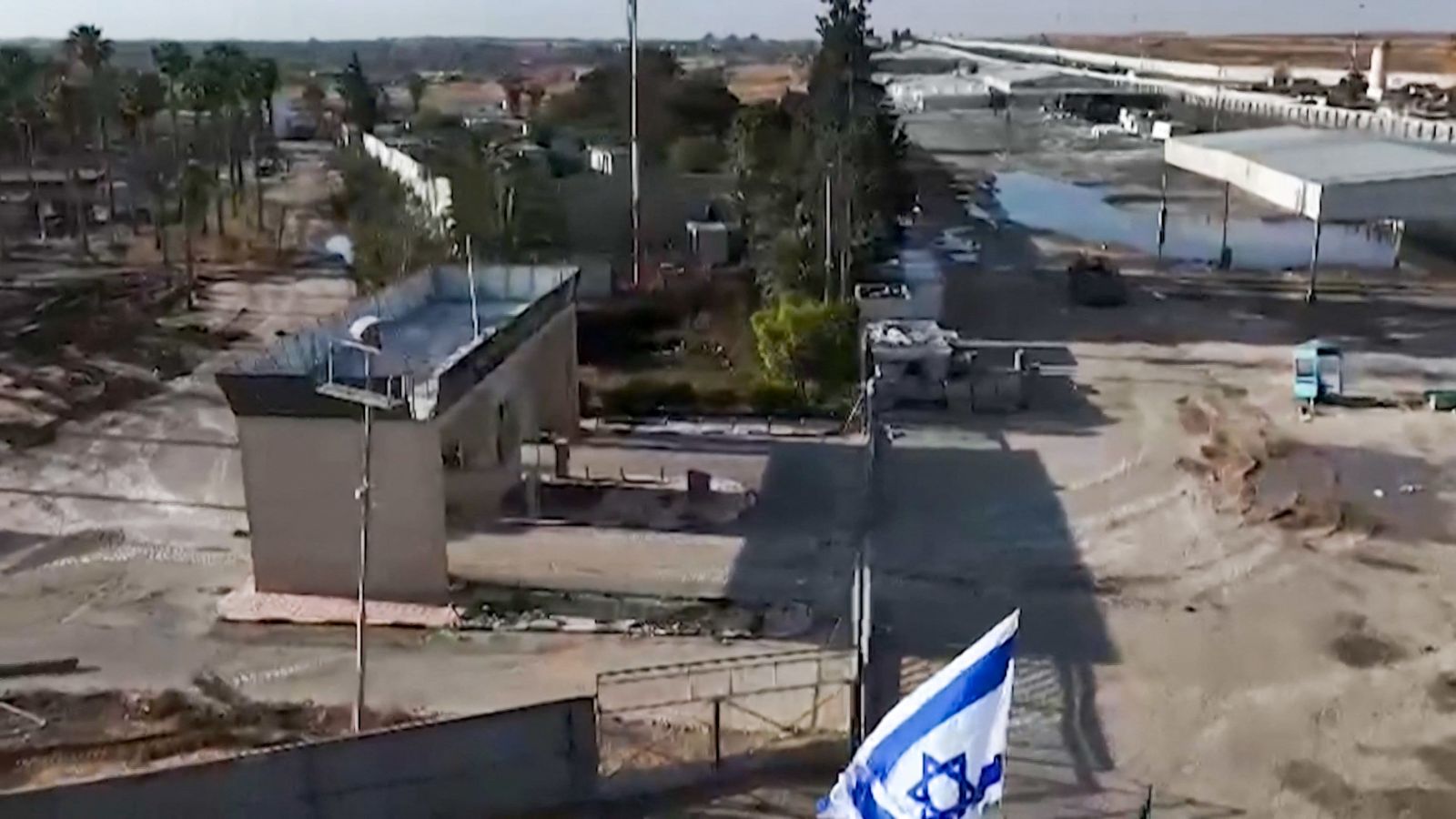
(Photo by Fayez Nureldine / Israeli Army / AFP)
Fuad Shukr's assassination (July 30)
Israel launched an airstrike in Beirut, Lebanon, killing Hezbollah commander Fuad Shukr. This occurred just hours before the killing of Hamas' political leader, Ismail Haniyeh, in Iran, for which the Palestinian organization blamed Israel.
Shukr was one of several seasoned Hezbollah officials who helped establish the organization's military branch.
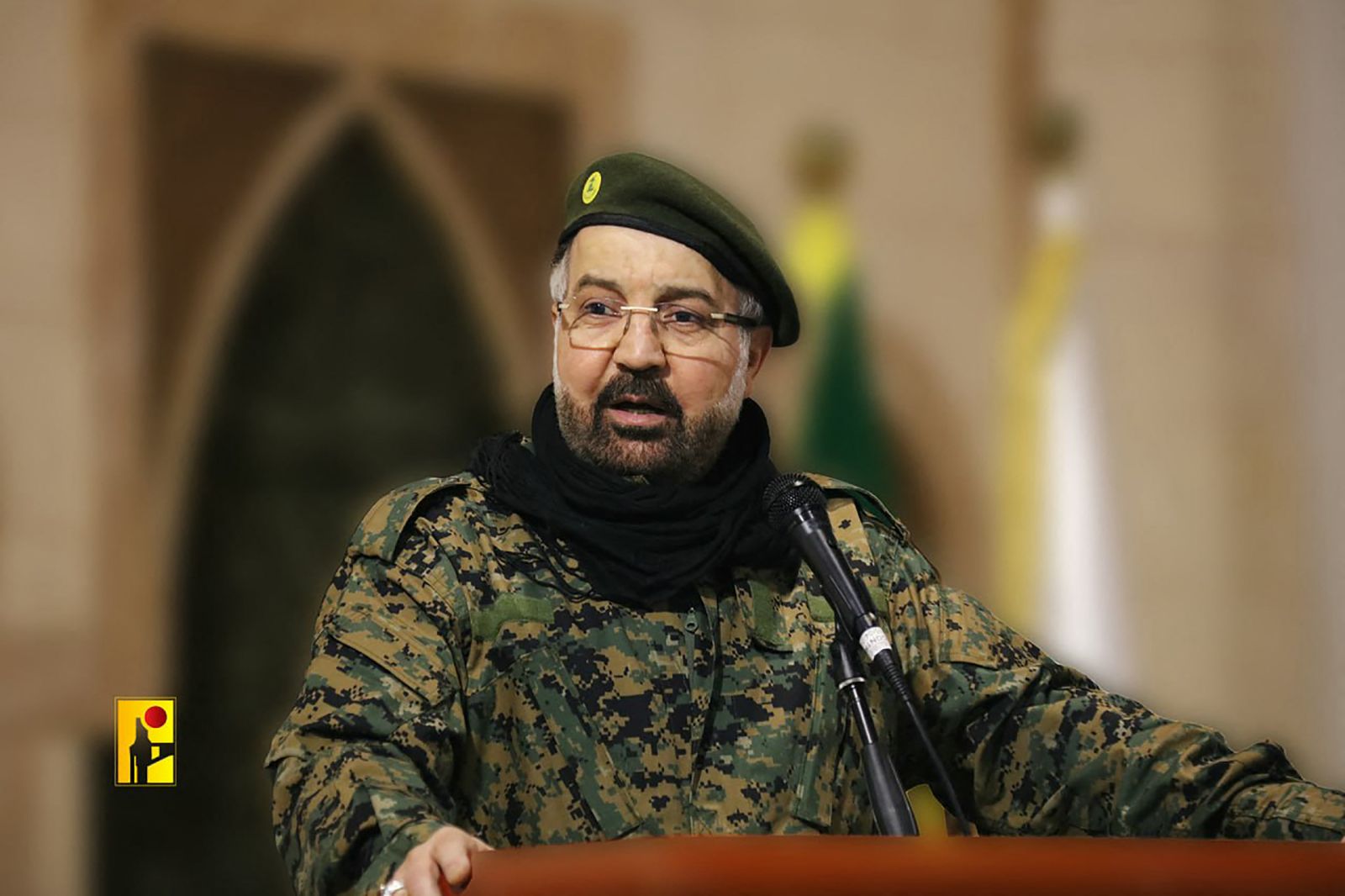
(Photo by HEZBOLLAH MILITARY MEDIA OFFICE / AFP)
Ismail Hanyieh’s assassination (July 31)
Hamas’s political chief Ismail Haniyeh, along with one of his bodyguards, were killed in a precise strike targeting their residence in Tehran, Iran, after attending the inauguration of Iranian President Masoud Pezeshkian.
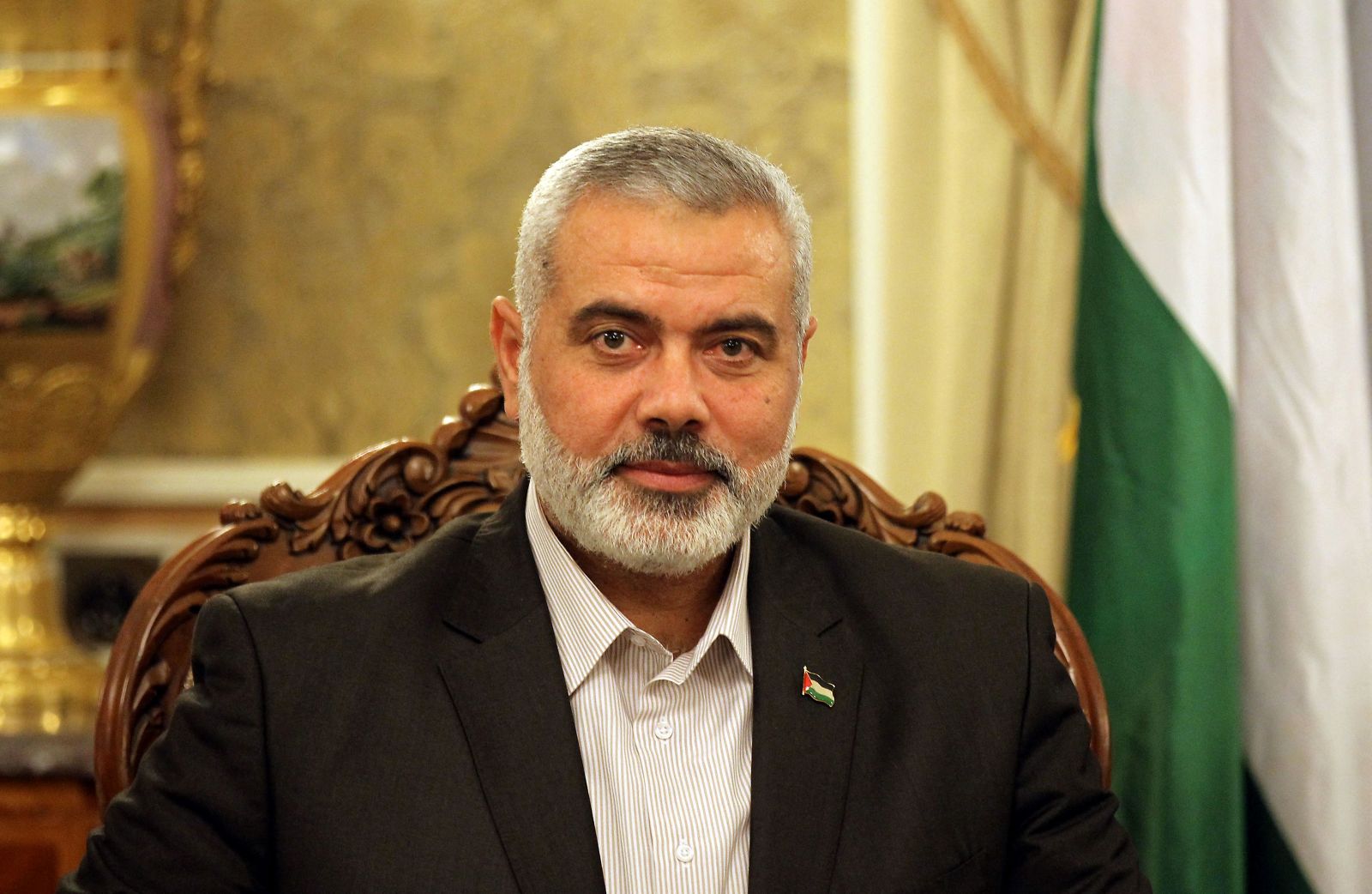
(Photo by Atta KENARE / AFP)
Beirut Pager Explosions (September 17 & 18)
A series of mass explosions struck the Lebanese capital Beirut over the course of two days, as thousands of Pager devices, used by Hezbollah affiliates, were remotely denoted, killing 37+ people and wounding 3,000+.
The timing of the two incidents has left many in Lebanon concerned about their usage of technological devices as well as the country's security status.
The attack apparently targeted mobile phones, computers, solar energy cells, and walkie-talkie radios purchased around the same period - around five months before the exploding pagers.
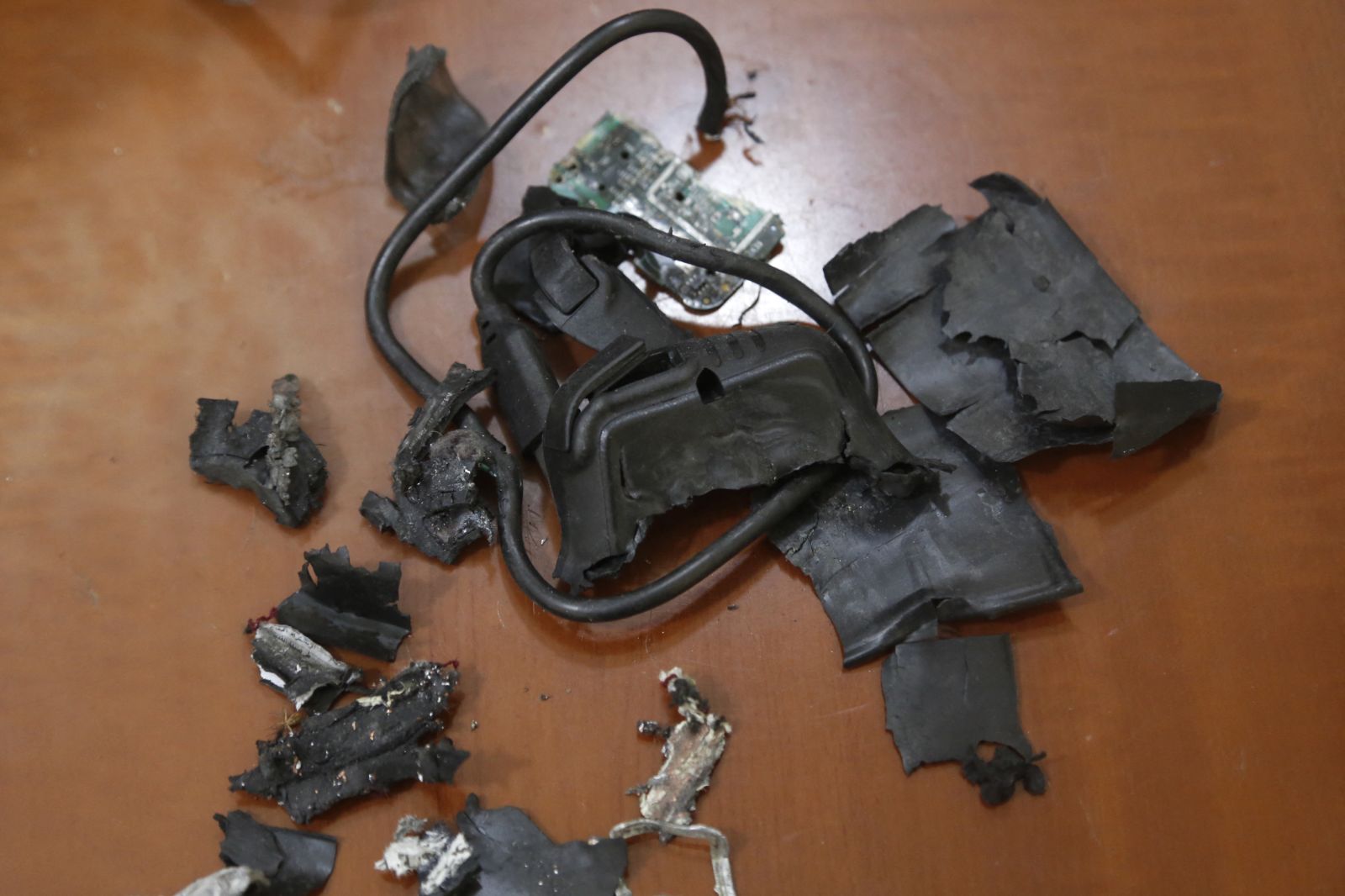
(Photo by AFP)
Targeting of Hassan Nasrallah (September 27)
The Israeli army had carried out a series of airstrikes on Hezbollah's headquarters in Beirut's southern suburb targeting Hezbollah Secretary-General Hassan Nasrallah. Israeli Army Radio added that F-35 fighter planes knocked out bunkers with 2,000-pound bombs.
Hezbollah Confirms Nasrallah’s Assassination (September 28)
Following speculations surrounding his fate, Hezbollah officially released a statement mourning the killing of its secretary-general Hassan Nasrallah, in a series of strikes on a residential block in the southern suburbs of Beirut.
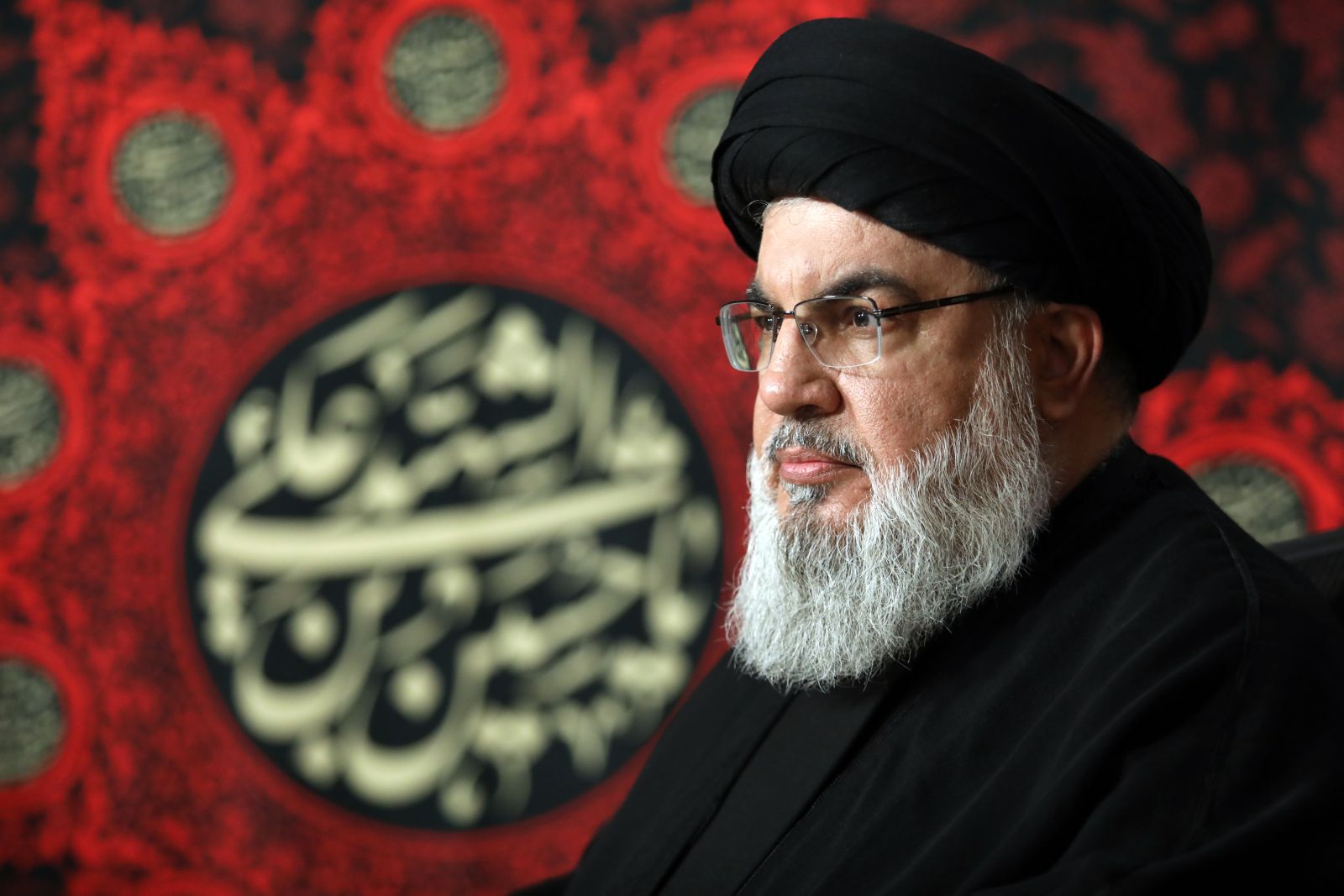
Shutterstock
Hezbollah Mourn Senior Commander Ali Karaki (September 29)
In an official statement, the Lebanese group Hezbollah officially mourned the commander of Hezbollah’s Southern Front, in the strike that killed secretary-general Hassan Nasrallah.
Iran Launches Large-scale Missile Attack on Israel (October 1)
A massive missile strike by Iran on Israel has resulted in security warnings, the evacuation of millions of Israelis, and the sounding of sirens throughout the country, especially in Beersheba and the Negev Desert.
By: Batool Darweesh


